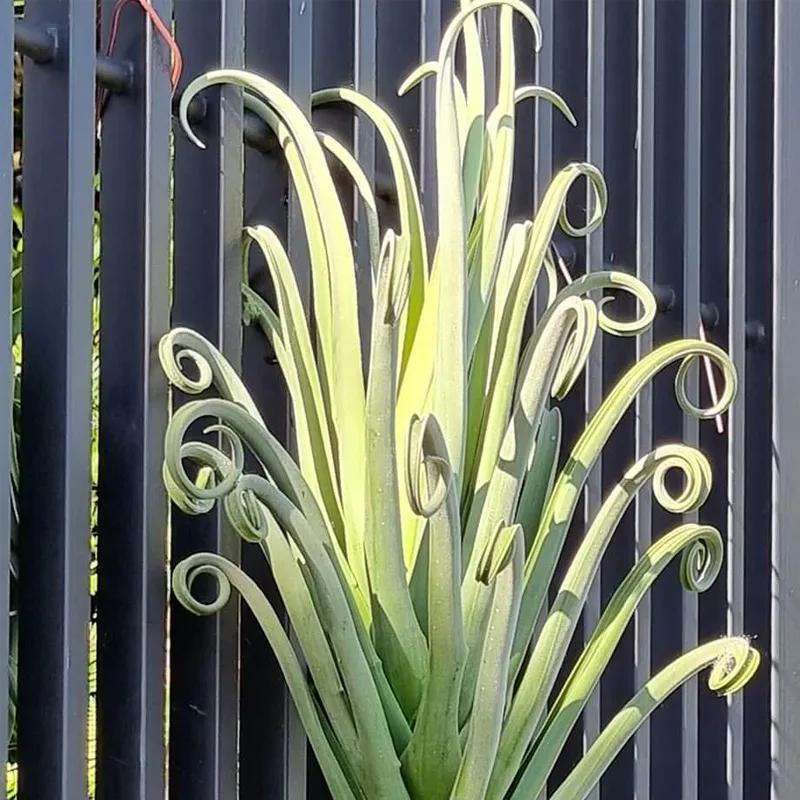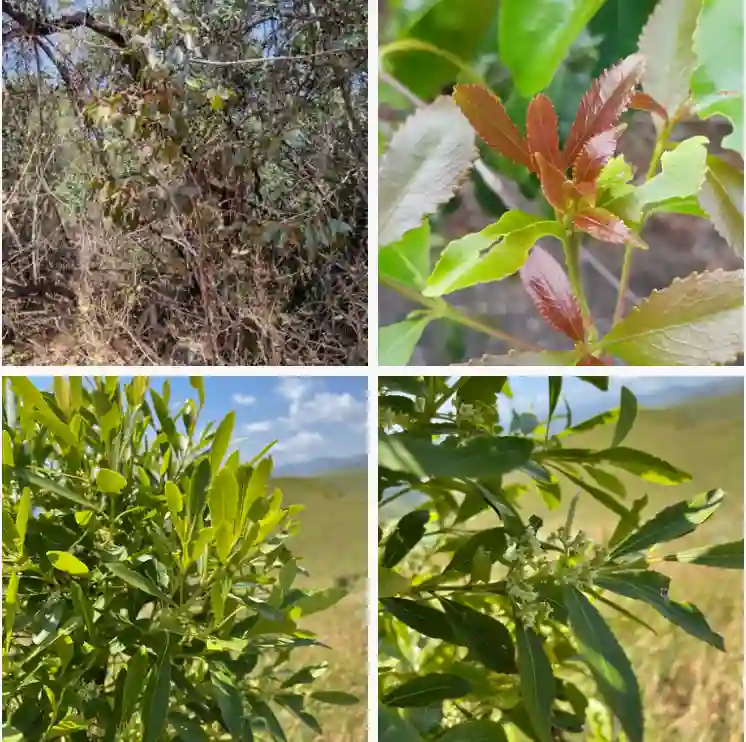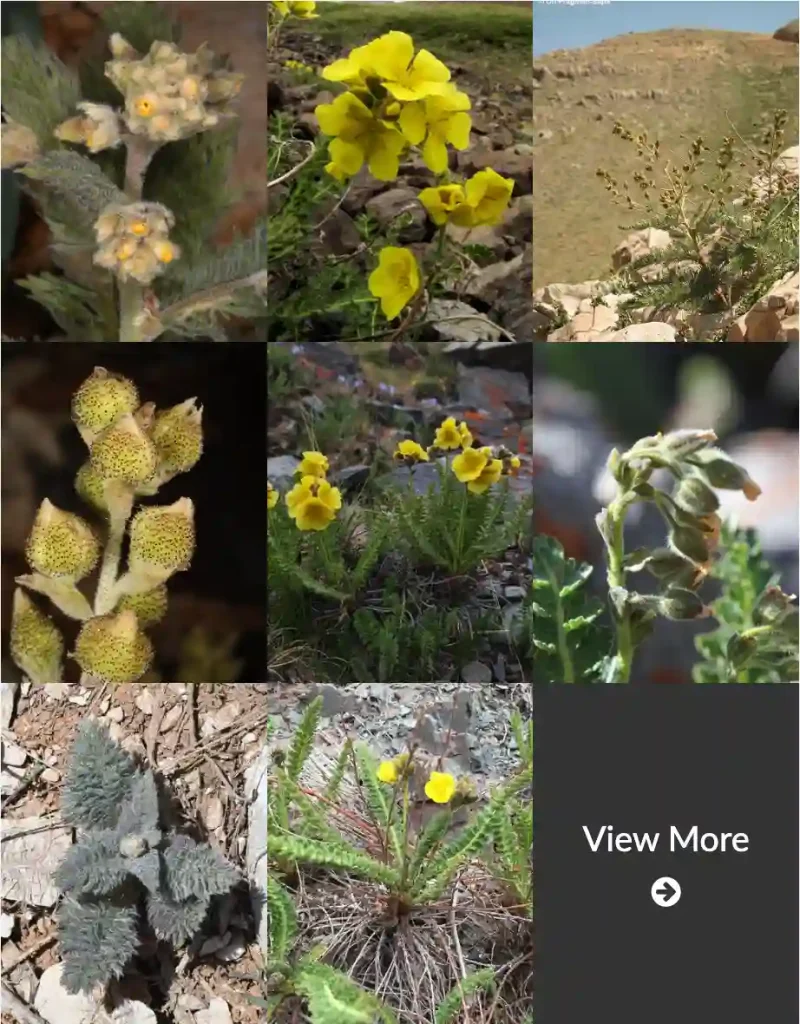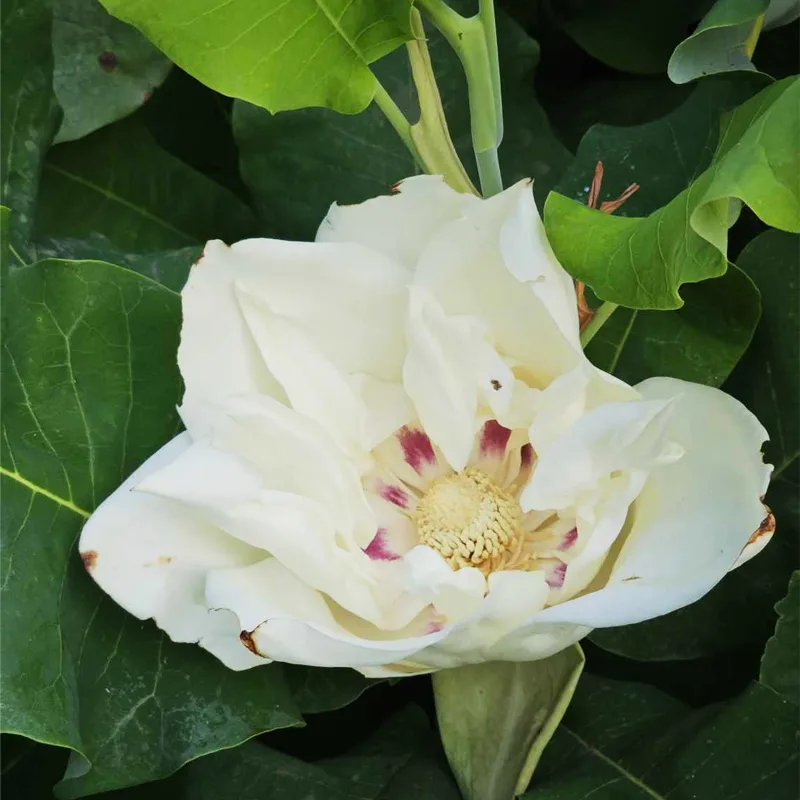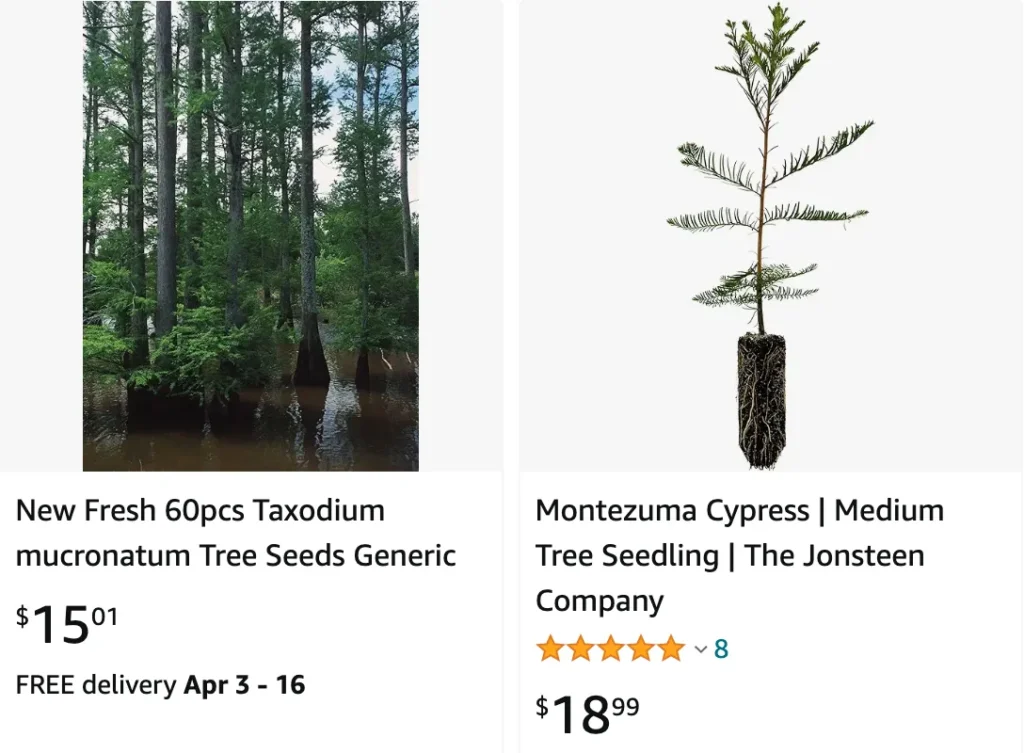
Ahuehuete: Unveiling the Secrets of the Montezuma Bald Cypress
For those who appreciate the majesty of trees, the Taxodium mucronatum, also known as the Montezuma Bald Cypress or Ahuehuete (derived from the Nahuatl word for “old man of the water”), holds a special place. This magnificent conifer boasts a rich history, impressive stature, and unique characteristics. As a botanist with a passion for all things arboreal, I’m here to answer your burning questions about this fascinating tree.
3 Species in Genus Taxodium
What Makes the Ahuehuete Special?
The Ahuehuete stands out for several reasons. First, its longevity is legendary. These trees can live for thousands of years, with some specimens estimated to be over 2,000 years old. Imagine the stories these silent giants could tell! Second, their adaptability is remarkable. They thrive in wet environments like swamps and riverbanks but can also tolerate drought conditions once established. Third, their form is captivating. Young Ahuehues have a pyramidal shape with dense foliage, while mature trees transform into majestic giants with broad, spreading crowns and weeping branches. In winter, their needles turn a beautiful golden hue, adding a touch of warmth to the cooler months.
Ahuehuete vs. Bald Cypress: Close Cousins, But Not Identical
The Ahuehuete is often compared to its close relative, the Bald Cypress (Taxodium distichum). Both trees share similar characteristics such as their preference for wet habitats and their unique “knees” that grow from the roots upwards. However, some key differences exist. The Ahuehuete generally has a wider trunk and a more spreading canopy compared to the Bald Cypress’ more columnar form. Additionally, the Ahuehuete’s needles are typically shorter and more scale-like, while the Bald Cypress has longer, feathery needles. Finally, the Ahuehuete’s native range extends further south into Mexico and Guatemala, while the Bald Cypress is primarily found in the southeastern United States.
How to plant and care for Taxodium Mucronatum?
While the Ahuehuete’s majestic size might be tempting, it’s important to consider your space before planting one. These trees can grow quite large, reaching heights of over 100 feet. They thrive in consistently moist soil and full sun, making them ideal for landscapes with ample space and access to water. If you decide to plant an Ahuehuete, be sure to choose a reputable nursery and provide consistent care during the establishment period.
Here are some key things to remember:
- Watering: Keep the soil consistently moist, especially during the first few years after planting.
- Sunlight: Ahuehues prefer full sun but can tolerate some afternoon shade in hot climates.
- Soil: They thrive in well-drained, moist soils but can also tolerate clay soils.
- Fertilization: Young trees may benefit from light fertilization during the growing season. However, mature trees generally don’t require additional nutrients.
The Cultural Significance of the Ahuehuete
The Ahuehuete holds a deep cultural significance in Mexico. It’s considered a sacred tree and is often associated with water, life, and wisdom. These giants have been revered for centuries and are featured in various myths and legends. The Arbol del Tule, a monumental Ahuehuete in Oaxaca, Mexico, is a testament to their cultural importance. This ancient tree boasts a massive trunk with a circumference exceeding 140 feet and is a popular tourist destination.
Is the Ahuehuete Endangered?
Thankfully, the Ahuehuete is currently listed as “Least Concern” by the International Union for the Conservation of Nature (IUCN). However, habitat loss and water pollution pose potential threats to some populations. Conservation efforts focus on protecting existing stands and promoting sustainable water management practices.
By appreciating the Ahuehuete’s unique characteristics, cultural significance, and ecological importance, we can help ensure the survival of these majestic trees for generations to come.
If i die, water my plants!
